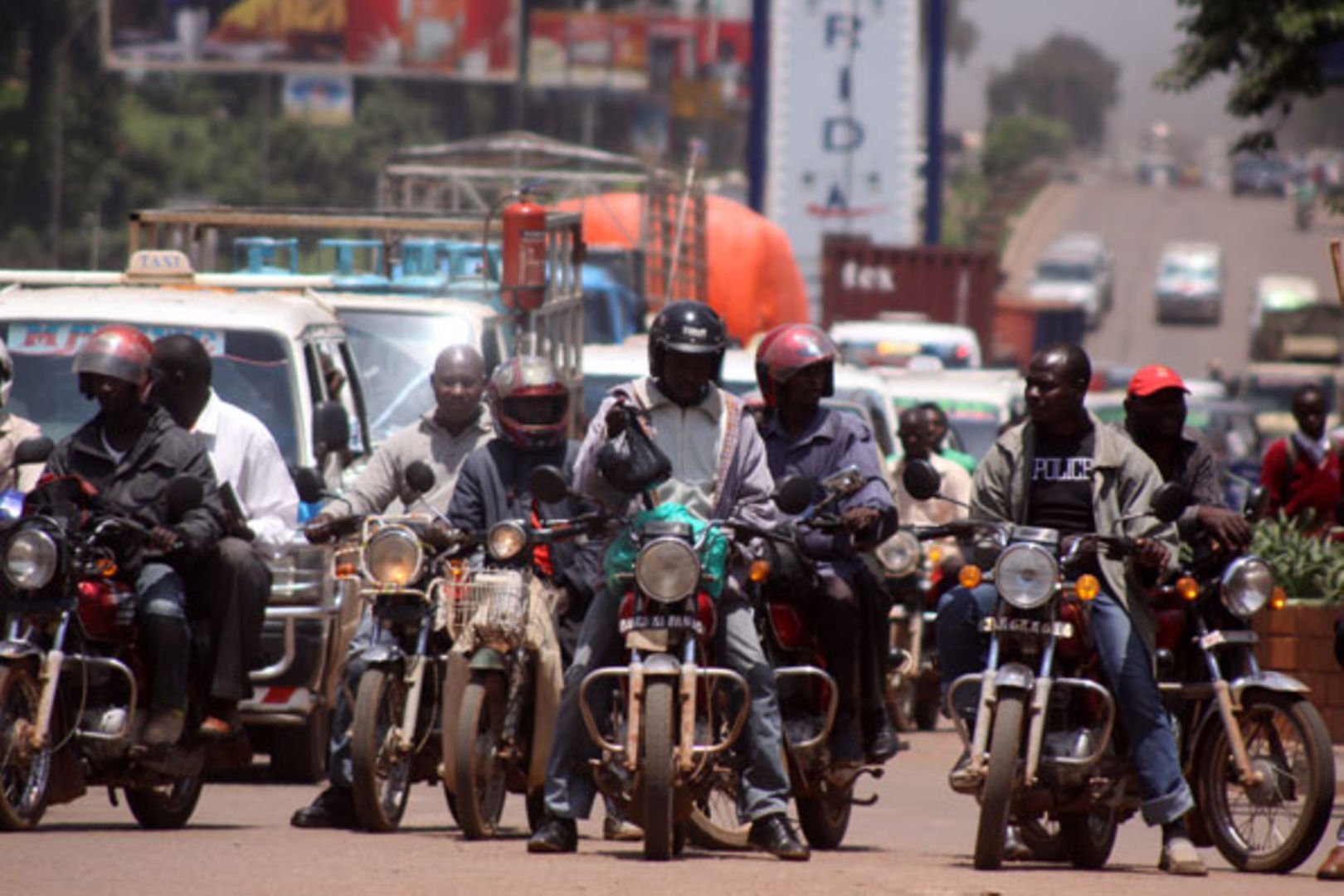Boda bodas: There are better ways to enforce laws

What you need to know:
- As of now, the boda boda transport system has spread through the entire country and its vehicular population is well over 40,000 just in the metropolitan Kampala.
For the past few weeks, any keen road user should have noticed the ambush boda boda impoundment by the KCCA law enforcement officers together with police. Understandably, this is in line with the regulatory framework and enforcement roadmap adopted by the mentioned enforcers with other stakeholders, but just there lies the trouble in all this, as I demonstrate later on this opinion.
How did we get here? To begin with, if you thought that the phenomenon of boda boda is Generation Z development, and then I am sorry to break it to you that yours has been a lifelong misconception. But there is no punishment for that.
This system of transportation has actually evolved from early post-independence era where traders indulging in smuggling would deploy able bodied men from both sides of the Uganda-Kenya border (hence the name boda boda) and these were later turned into transport aids with the bicycle and motorcycle later on.
As of now, the boda boda transport system has spread through the entire country and its vehicular population is well over 40,000 just in the metropolitan Kampala.
But is there any good anyway? The challenge with the boda question starts from the point where regulators try to view them as a subsidiary or complement to the mini-bus (taxi) transport system and yet glaringly stand as a matching competitor due to the advantages they hold over other forms of transport.
Take for example, the fact that one can scarcely think of a boda boda without giving considerable credit to the convenience this mode of transport extends to the average Kampala Metropolitan resident because of its door-to-door transport services, manoeuvrability and affordability, all besides the interesting and usually shocking opinions of these riders transmitted through their novel conversations.
In all that, I should actually not be construed as contesting the boda boda licensing and registration under the regulations. It is true that boda bodas today are among the major causes of road crashes in Uganda. In fact, just in 2022, 1,956 riders and 1,579 pedestrians perished in road accidents.
In my mind that would justify the regulation of these boda bodas, whose omission many be pinned to the escalating number of road crushes.
Ahimbisibwe and others in their 2015 report actually reveal that majority of boda boda riders strongly agreed that licensing and regulation were crucial for their secure operation within the city but blamed the authorities for their neglect and notable, government response to this was warm enough, if we all recall the grand launch of the licensing phrase by the prime minister.
Government in July 2022 launched the boda boda registration exercise as an inception of the regulation of close to 30,000 boda bodas then. It was emphasised that only 7,000 out of these would be permitted into Kampala and the piecemeal implementation of the regulations started with the mandatory requirement of helmets, reflector vests and has now advanced to licences.
But the ambushing style of enforcement places an even higher risk on the lives of the riders, their passengers and other road users and a genuine question must be posed as to whether that is really a justifiable price to pay for a mainstream boda boda registration? The unqualified answer is no and I advance three major reasons for this;
First, all lives matter. The ambush style of regulation enforcement only heightens the danger and chances of crashes by the boda boda riders carrying passengers. This would be counterproductive in the promotion of safety on Kampala roads which are always under siege of heavy traffic and motor usage.
Secondly, the roadblocks are staged majorly at roundabouts which presumably would be the areas where the riders are at their lowest speed and therefore susceptible to capture. But these same areas are just the hotspots for commotion and collisions, which definitely amplify the safety concerns for both the rider, passenger and pedestrian.
Lastly, the regulatory ambushes causes an indiscriminate ambiance of intimidation. Due to their unannounced imposition, their purpose is, at all material times, obscure to the extent that even the riders with all regulatory requirements are left with close to zero choices. For who would dare saunter into vicinity where all else are sceptical to indulge!
If we are to create a safe transport system for the metropolitan area, we need to understand with precision the bigger picture that the government, civil society and citizens wholesomely want to achieve.
Notably, the intention of the regulations was to stimulate the incorporation of the cyclists into the regulatory sphere and not to necessarily impound as numerous boda boda riders as could be. As regards road safety, it’s solely through stakeholder cooperation that we can collectively build a culture of road safety for our posterity.
Dalton Kisuule, Student of law from makerere university




